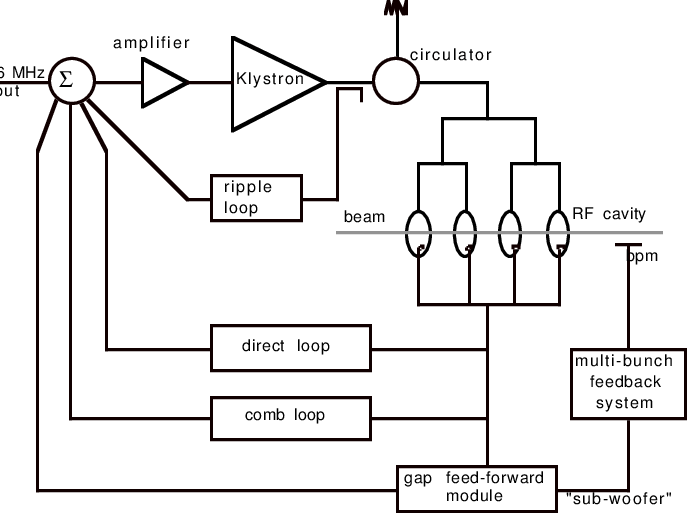tumbleRF: unified fuzzing framework for low-level RF and HW protocol/PHY/MAC analysis

TumbleRF is a framework that orchestrates the application of fuzzing techniques to RF systems. While fuzzing has always been a powerful mechanism for fingerprinting and enumerating bugs within software systems, the application of these techniques to wireless and hardware systems has historically been nontrivial due to fragmented and siloed tools. TumbleRF aims to enable RF fuzzing by providing an API to unify these techniques across protocols, radios, and drivers.

Image: researchgate
Install
Create a Python 2.7 virtaulenv and activate it:
virtualenv -p $(which python2.7) py2-virtualenv
source py2-virtualenv/bin/activate
You should now see a prompt that looks similar to:
(py2-virtualenv) … $
Now, install the required dependencies:
git clone https://github.com/riverloopsec/tumblerf.git
pip install -r tumblerf/requirements.txt
Use
This tool needs to be scripted to carry out most tasks, however, a CLI is available for some uses.
Running ./tumblerf/cli.py will tell you what interfaces, generators, and harnesses are available so you can define each.
A very simple run case can be done based on something like the following. This just transmits random frames from one device to another which looks to see if it got them, and is thus uninteresting. However, it demonstrates how we pick the second interface to use for TX, as ReceivedFrameHarness will … TODO
NOTE: If you see errors such as the below, you may have a permission issue accessing your USB devices. You may correct this via your OS and permissions, or you may run with sudo (not recommended…).
ERROR:Tue Mar 13 12:16:26 2018 KillerBee Interface:Error when starting, unable to open KillerBee interface. INFO: Transmit Interface is 802.15.4 KillerBee Interface(Not Available)
Copyright (C) 2018 Ryan Speers & Matt Knight
Source: https://github.com/riverloopsec/





